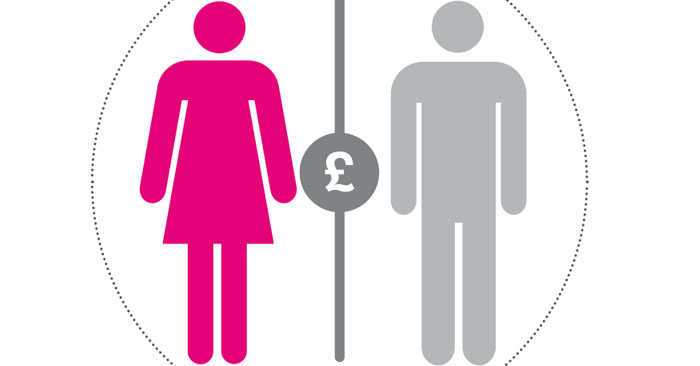Gender Pay Gap
The gender pay gap is the relative difference in the average gross earnings of women and men within the economy. The issue is certainly gaining traction in Ireland and was highlighted by creation "women only" posts in the higher education sector in late 2018. That project was implemented to address the low proportion of women in senior third level positions. Official statistics from the EU suggest that the gender pay gap in Ireland stands at 13.9%. Legislative steps are now being taken by the government to introduce similar reporting to the UK in the form of the Gender Pay Gap Bill 2019.
Gender Pay Gap Information Bill 2019
The Government in April 2019 published the Gender Pay Gap Information Bill 2019.
As currently drafted, the Bill requires employers to report the following information:
- the difference between the mean and bonus remuneration of male and female employees;
- the difference between the mean and median hourly remuneration of male and female employees;
- the difference between the mean and median remuneration of part-time male and female employees; and
- the proportions of men and women receiving bonuses and benefits in kind.
Reporting
Reporting will be introduced on a phased basis starting with the companies who have 250 or more employees and will work its way down to companies with 50 employees or more. As well as reporting any gender pay gaps that exist employers will also be expected to provide a narrative as to the reasons for any pay gap within their companies and what steps they are taking to try to close that gap. The Bill also allows for the Minister to impose further reporting obligations at later stages.
Enforcement
The Bill provides several avenues to enforce reporting obligations.They include appointing designated officers to investigate how employers prepare gender pay gap information for publication. Those officers will have the power to enter an employer's premises, obtain information, require persons to provide information and produce records, and inspect and copy those records. If an employer refuses to comply with a requirement of a designated officer that officer can apply to the Circuit Court compelling the employer to comply with their requirement. The Bill allows for the Irish Human Rights & Equality Commission to apply to the Circuit Court for an Order compelling compliance with the Regulations. The Bill also provides that an employee can make a complaint to the Workplace Relations Commission ("WRC") in respect of non-compliance with reporting requirements by their employer. If successful, the WRC can direct the employer to comply with their reporting obligations.
Narrowing the gap
Research suggests gender pay gaps arise from a number of factors to include mothers returning to the workplace part-time and a failure to promote women to more senior roles. A multi-faceted approach may need to be taken to address this issue. The recent higher education initiative is an example of the type of action that may be required to narrow the gap. Commentators have also suggested that introducing flexible working policies and unconscious bias training could play a role in supporting women to achieve their potential in the workplace.
What steps do employers need to take now?
• Employers need to assess how they are going to collect the required information, as adjustments may be required to their internal system to capture the relevant data.
• Once the information has been gathered, employers need to assess whether a gender pay gap exists within the organisation.
• If there is a gender pay gap, employers need to consider how this gap arose and what steps they could prospectively take to narrow the gap as this will form part of their narrative.
• If a significant gender pay gap is identified, employers need to manage how this is communicated as it could have reputational repercussions.














